1. Overview of Digital Impressions
1.1 Definition of Digital Impressions
Digital impressions refer to the process of capturing detailed three-dimensional (3D) data of the patient’s oral cavity, including teeth and surrounding tissues, using intraoral scanners or optical scanning devices. This process replaces the traditional physical impression-making process. The generated digital data can then be used for diagnosis, treatment planning, and the creation of restorations like crowns, bridges, dentures, and orthodontic appliances.
Compared to traditional silicone impressions, digital impressions offer higher precision, better patient comfort, and enable direct generation of digital models for restorations via computer-aided design (CAD) and computer-aided manufacturing (CAM) systems.
1.2 Working Principle of Digital Impressions
The core technology of digital impressions relies on 3D scanning to transform the shape of the teeth, gums, and bite relationships inside the mouth into digital data. The process typically involves the following steps:
- Scanning: The dentist uses an intraoral scanner or optical scanning device (such as 3Shape, iTero, etc.) to capture the detailed 3D shape of the patient’s teeth and gums.
- Data Processing: The collected data is processed and optimized via computer software to remove noise, fix any data gaps, and produce a high-precision 3D model.
- Data Transmission and Application: The 3D digital model can be transmitted to the dental laboratory for use in designing and manufacturing restorations, such as crowns, bridges, or dentures.
1.3 Equipment and Technologies for Digital Impressions
Digital impression equipment includes intraoral scanners, 3D imaging systems, and data processing software. Common intraoral scanners include:
- Optical Scanners: These capture the shape of the oral cavity using reflected light, providing high precision and speed. Popular brands include iTero, 3Shape, Carestream, Planmeca, and others.
- Laser Scanners: These use laser beams to capture the surface information of the teeth, offering high precision but may be influenced by the oral environment.
- Video Scanners: These use cameras to capture real-time images of the oral cavity, converting them into 3D data. Video scanners are easy to operate and suitable for simple scanning tasks.
In addition to scanners, digital impression systems also include specialized software (such as CAD/CAM systems) that process raw data, clean, repair, and optimize it to create final design and manufacturing files.
2. Applications of Digital Impressions
Digital impressions are widely used in various areas of dentistry, particularly in restorative treatments, orthodontics, implantology, clinical diagnosis, and more.
2.1 Application in Restorative Dentistry
Digital impressions have become routine in restorative dentistry, especially in the design and manufacturing of crowns, bridges, inlays, onlays, and full dentures. The main advantages include:
- Improved Precision: Traditional impression materials can introduce errors due to improper handling or material distortion. Digital impressions, however, use highly accurate scanners to capture the true shape of the teeth and gums, minimizing errors.
- Faster Restoration Process: Digital data can be transmitted directly to the laboratory, eliminating the need for traditional impression models and shipping time, thus improving restoration efficiency.
- Personalized Design: With CAD software, custom restorations can be designed based on the patient’s specific needs, ensuring better functional and aesthetic outcomes.
- Reduced Patient Discomfort: Traditional impressions involve placing material into the patient’s mouth, which can cause discomfort or gag reflex. Digital impressions, however, are taken non-invasively with no physical contact, resulting in a more comfortable experience.
2.2 Application in Orthodontics
The use of digital impressions in orthodontics is also increasing, especially in the design of clear aligners and customized orthodontic appliances. Digital impressions offer significant advantages:
- Customized Appliance Design: For treatments like Invisalign, clear aligners rely on digital impressions and 3D imaging to precisely design each stage of the treatment.
- Patient Monitoring and Feedback: Digital impressions enable dentists to track a patient’s progress in real-time and adjust the treatment plan accordingly.
- Efficient Data Sharing: Digital data can be easily shared through cloud platforms, enabling seamless communication between the dentist, the patient, and the laboratory.
2.3 Application in Implant Dentistry
The success of dental implant treatments depends on factors like pre-surgical planning, implant positioning, and angulation. Digital impressions provide precise 3D data that enhance the outcome of implant treatments.
- Precise Pre-surgical Planning: By combining digital impressions with CT scans, 3D simulations of implant placement can be created, reducing operational errors.
- Quick Production of Surgical Guides: Digital impressions can be used with CAD/CAM technology to create custom implant guides, helping dentists place the implants with high precision during surgery.
2.4 Application in Clinical Diagnosis
Digital impressions help dentists obtain detailed 3D data of the oral cavity, enabling better diagnosis. The detailed digital model helps dentists assess tooth development, bite relationships, inter-dental spaces, and more, providing a solid foundation for treatment planning.

3. Advantages of Digital Impressions
3.1 Improved Diagnostic and Treatment Precision
Digital impressions, captured using advanced 3D scanning technology, provide far more precise data than traditional methods. For example, in crown restorations, digital impressions allow for accurate capture of the tooth shape, ensuring a perfect fit for the restoration and reducing issues with ill-fitting crowns.
3.2 Enhanced Patient Experience
Traditional impressions can be uncomfortable, with materials placed in the patient’s mouth potentially causing gagging or discomfort. Digital impressions, however, are taken without physical contact, reducing patient discomfort and making the procedure more acceptable for most individuals.
3.3 Increased Treatment Efficiency
Digital impressions eliminate the waiting time associated with traditional impression materials, which need to harden or cure. The digital data can be transmitted directly to the laboratory, speeding up the restoration process. Moreover, the risk of errors due to incorrect impression taking is significantly reduced, preventing delays caused by remaking impressions.
3.4 Convenience for Remote Consultations and Data Sharing
The digital nature of the impression data means it can be transmitted easily through cloud platforms, facilitating remote consultations and collaboration among multiple dental professionals. This is particularly useful for patients in remote areas or for cross-regional treatment, improving the convenience and accessibility of dental care.
3.5 Sustainability and Environmental Benefits
Digital impressions are more sustainable than traditional methods because they reduce the need for disposable materials like silicone, plaster, and wax. Furthermore, digital data can be stored and reused, eliminating the need for physical models, thus contributing to a more eco-friendly approach.
4. Challenges and Limitations of Digital Impressions
Although digital impressions offer numerous advantages, there are also some challenges and limitations:
4.1 Technical Barriers and Equipment Costs
Digital impression technologies require specialized equipment and software, such as high-precision scanners and data processing systems. These tools can be expensive, limiting their use in smaller dental clinics or practices. Additionally, operators need to be trained to use the equipment effectively.
4.2 Requirements for the Oral Environment
While digital impressions are more flexible than traditional methods, certain oral conditions may still make it difficult to capture accurate data. For instance, issues like a moist oral environment, crowded teeth, or patients being unable to open their mouth wide enough can interfere with the scanning process and reduce precision.
4.3 Data Privacy and Security Concerns
Since digital impressions contain sensitive patient information, ensuring the security and privacy of this data is crucial. The storage, transmission, and management of this data must comply with strict privacy regulations to prevent data breaches or unauthorized access.
5. Future Trends in Digital Impressions
As technology continues to advance, digital impressions are expected to evolve in several key areas:
5.1 Higher Precision and Faster Scanning
Future digital impression devices are likely to offer even higher scanning accuracy and faster scanning times, improving patient comfort and treatment efficiency. Innovations in scanner design and technology will continue to drive this progress.
5.2 Integration with Artificial Intelligence
Artificial intelligence (AI) will likely be integrated into digital impression systems to further improve data processing. For example, AI could automatically detect and correct errors in the scanned data, making restoration designs more accurate.
5.3 Lower Equipment Costs
As digital impression technologies mature and become more widespread, equipment costs are expected to decrease, making these systems more accessible to smaller dental practices and increasing adoption rates across the industry.
5.4 Broader Application Scope
The application of digital impressions will extend beyond just restorative, orthodontic, and implant procedures. In the future, digital impressions could be used for diagnosing oral conditions like oral cancer, dental imaging, and other areas, further driving the digital transformation in dentistry.
6. Conclusion
Digital impression technology has become an integral part of modern dentistry, providing high precision, comfort, and efficiency for both dentists and patients. It has improved the quality of restorations, orthodontic treatments, and implant procedures, while offering a more pleasant experience for patients. With ongoing advancements in technology, digital impressions will continue to revolutionize dental care, making treatments faster, more accurate, and more accessible. The digital future of dentistry promises even greater possibilities, and as technology becomes more affordable and widespread, digital impressions will play
a key role in the evolution of the dental industry.



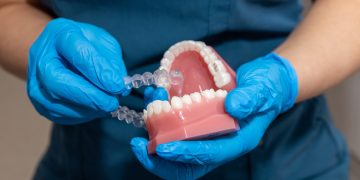




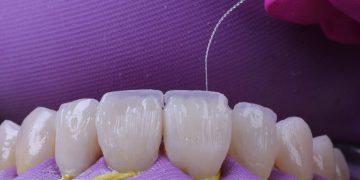
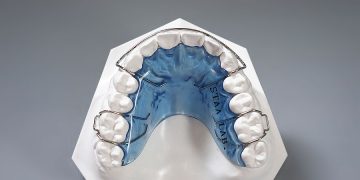
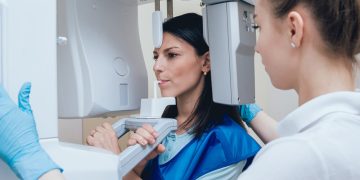
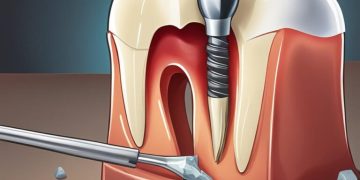
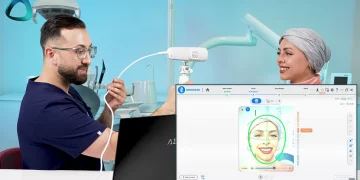


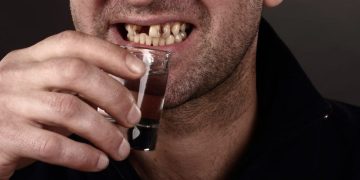









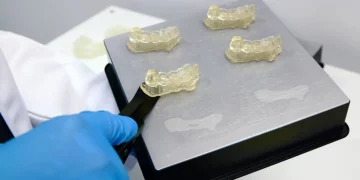
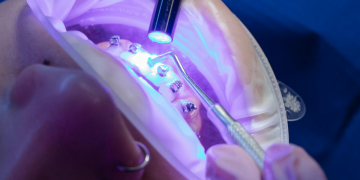

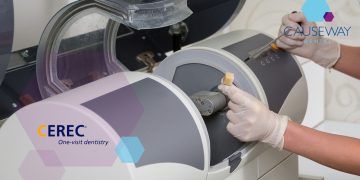


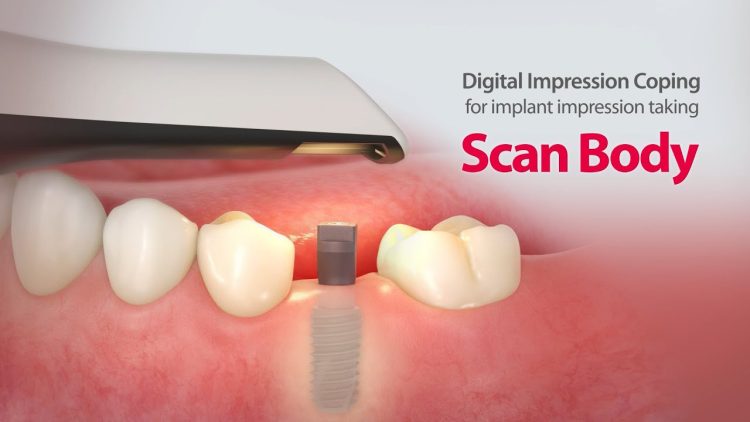













Discussion about this post